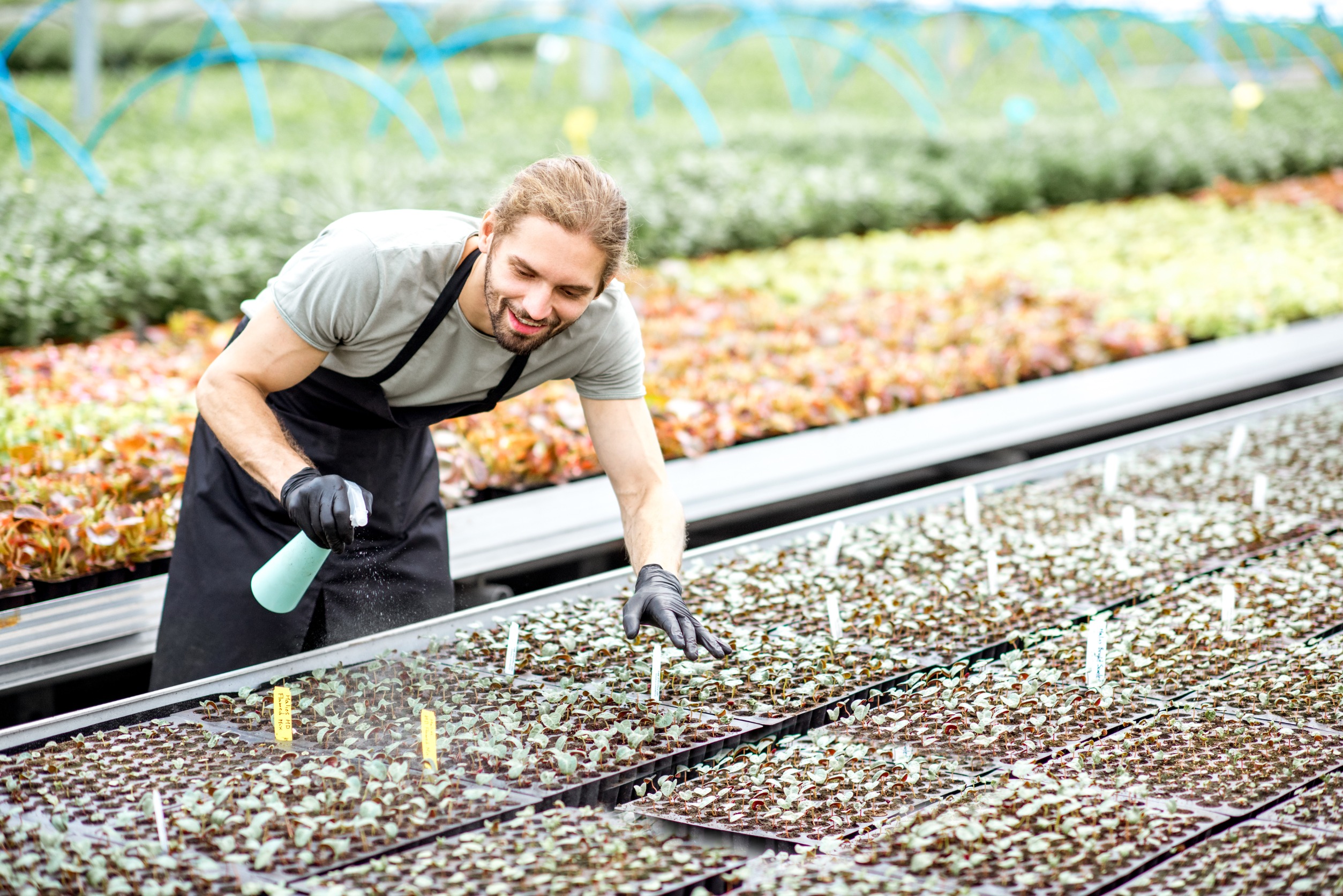In cities, rooftop farming is becoming increasingly popular. Urbanites increasingly use creative methods to raise their food as the need for sustainable living rises. Making rooftops into verdant fields and gardens is one such technique.
However, it’s important to comprehend the structural issues of building a rooftop farm before you begin planting. This guide will assist you in navigating the challenges of rooftop farming while maintaining the safety and soundness of your building, regardless of your level of experience as a gardener or urban farmer.
Why Establish Farms on Rooftops?
Rooftop farms are a solution to several urban problems, not just a fad. By making use of vacant rooftop space, these farms can:
- Cut Down on the Metropolitan Heat Island Effect: Plants can lower the ambient temperature in metropolitan areas by absorbing sunlight.
- Improve Air Quality: Rooftop farms can improve air quality by expanding green spaces and filtering pollutants.
- Encourage Sustainable Living: Growing your food lessens your reliance on produce from the market, which frequently has lengthy supply chains and a lot of packaging.
- Provide Local Food Sources: By growing and harvesting fresh produce locally, the carbon footprint of food transportation can be reduced.
- Enhance Urban Areas: Green areas are visually beautiful and have the power to liven up gloomy cityscapes.
Important Structural Elements of Rooftop Farms
Capacity for Bearing Loads
The load-bearing capacity of your roof is one of the most important things to consider. Because rooftop farms incorporate soil, plants, water, and other elements, they can contribute substantial weight. Here’s what you must verify:
- Structural Assessment: To determine the load-bearing capacity of your building, speak with a structural engineer. This evaluation will establish whether your roof can sustain the extra weight and point out any required reinforcements.
- Weight Distribution: Ensure the farm’s weight is dispersed equally throughout the roof. An uneven distribution may result in collapse and structural damage.
- Building Codes and Regulations: Learn about your area’s building codes and regulations for rooftop farming. Compliance is crucial to maintaining safety and preventing legal problems.
Drainage and Waterproofing
Proper drainage and waterproofing are essential for your building to avoid water damage. Here’s something to think about:
- Waterproof Membrane: To prevent water intrusion into the roof structure, install a premium waterproof membrane. Leaks and structural damage will be avoided with this layer.
- Drainage System: To control surplus water, implement an effective drainage system. Water collecting can cause roof degradation and leaks; proper drainage prevents this.
Resistance to the Wind
Rooftop farms are subject to weather conditions, particularly high winds. To guarantee the survival of your farm:
Wind Barriers: To shield plants from severe gusts, install wind barriers or screens. This action will stop plant damage and soil erosion.
Secure Structures: To anchor plants and garden beds, use strong materials and secure structures. By taking this precaution, objects won’t turn into projectiles during storms.
Safety and Accessibility
For both maintenance and emergency scenarios, it is essential to design a rooftop farm that is both secure and easily accessible. Think about the following:
- Access Points: Ensure the rooftop farm has convenient and secure access points. This may contain elevators, stairs, or ladders, depending on the layout of your structure.
- Safety Railings: To avoid unintentional falls, install safety railings around the rooftop. This is particularly crucial if the farm is housed in a tall building.
- Maintenance trails: To reduce plant damage and facilitate travel, make maintenance trails obvious. These walkways ought to be stable and non-slip.
Soil and Watering
The success of your rooftop farm will depend on the kind of soil and irrigation system you select. Here’s something to think about:
- Type of Soil: Use soil mixtures that are lightweight and made especially for rooftop gardens. These mixtures can lessen the overall weight on the roof because they are usually lighter than conventional dirt.
- Installing a dependable irrigation system will guarantee that plants get enough water. Because drip irrigation saves water and gets it straight to the roots of the plants, it’s a popular option for rooftop farms.
- Water Source: Verify that the roof has an easily accessible water source. Rainwater collection systems or plumbing modifications can do this.
Sunlight and Plant Selection
Plants need sunlight to grow; the kinds of plants you can grow will depend on how much sunlight your rooftop receives.
- Sunlight evaluation: To determine how much sunlight your rooftop receives daily, do a sunlight evaluation. This will assist you in selecting appropriate plants.
- Selecting Plants: Pick plants that thrive in the rooftop climate. Consider elements including exposure to sunlight, wind, and temperature changes. Rooftop farms are frequently best suited for hardy, drought-tolerant plants.
Thermal Performance and Insulation
Rooftop farms may impact your building’s thermal performance. Energy efficiency can be improved with appropriate insulation and design:
Insulation: To control temperature swings, install the proper insulation. Insulation will keep the structure warm in the winter and cool in the summer.
Reflecting Materials: To improve energy efficiency and decrease heat absorption, use reflecting materials on the roof.
Conclusion
Setting up a rooftop farm is a fulfilling endeavor with several advantages, such as better urban aesthetics and fresh produce. However, careful planning and consideration of the structural components are essential to the success of your rooftop farm.
You may build a successful rooftop farm that endures by considering factors like soil and irrigation, sunlight, wind resistance, accessibility, load-bearing capacity, waterproofing, and insulation.

